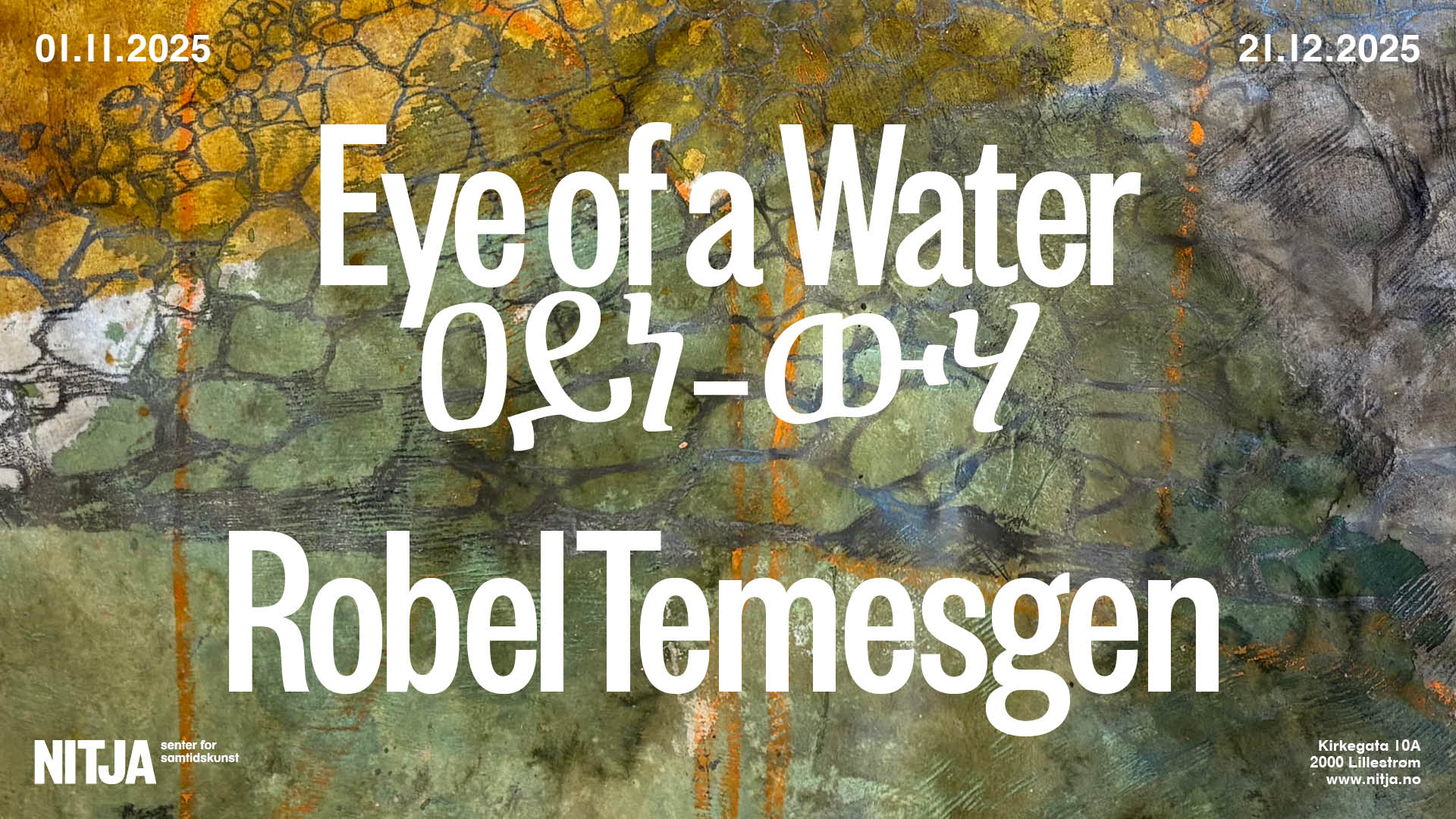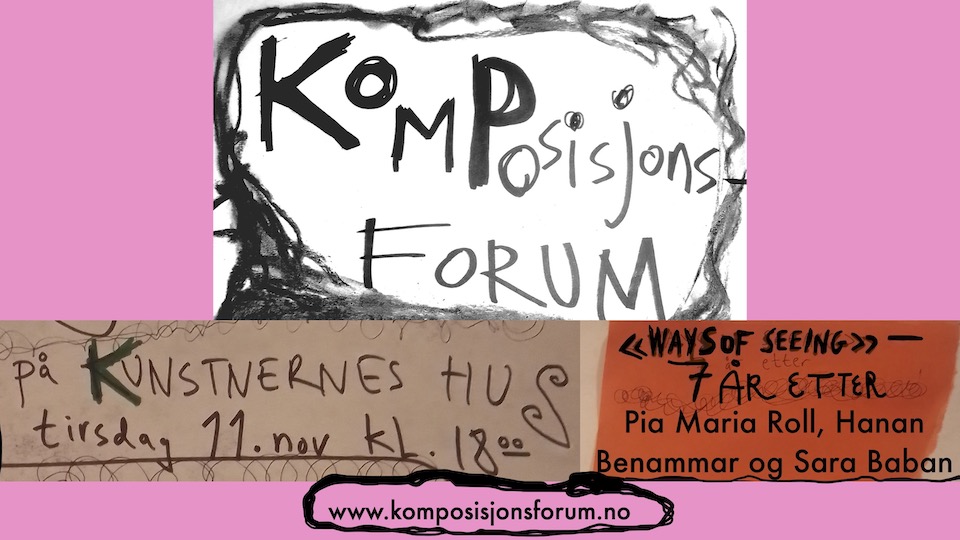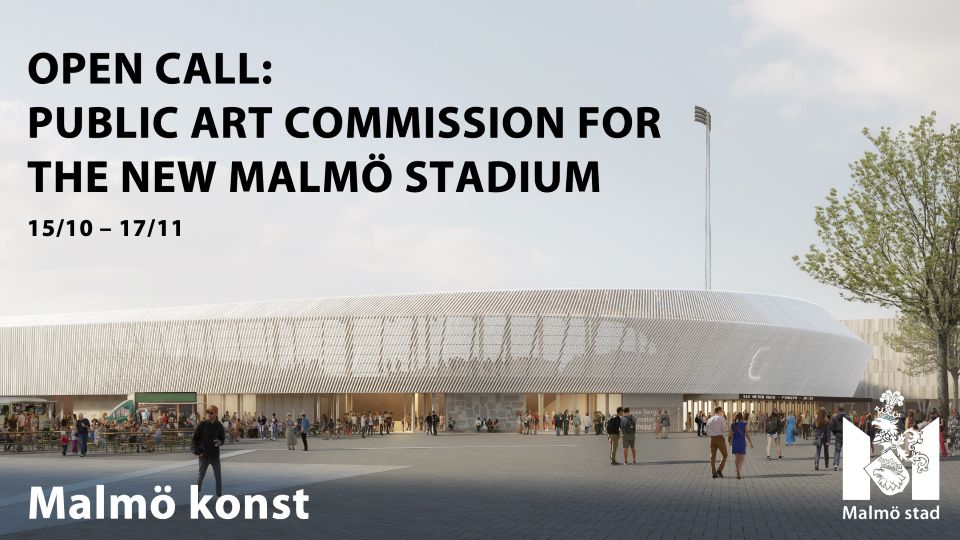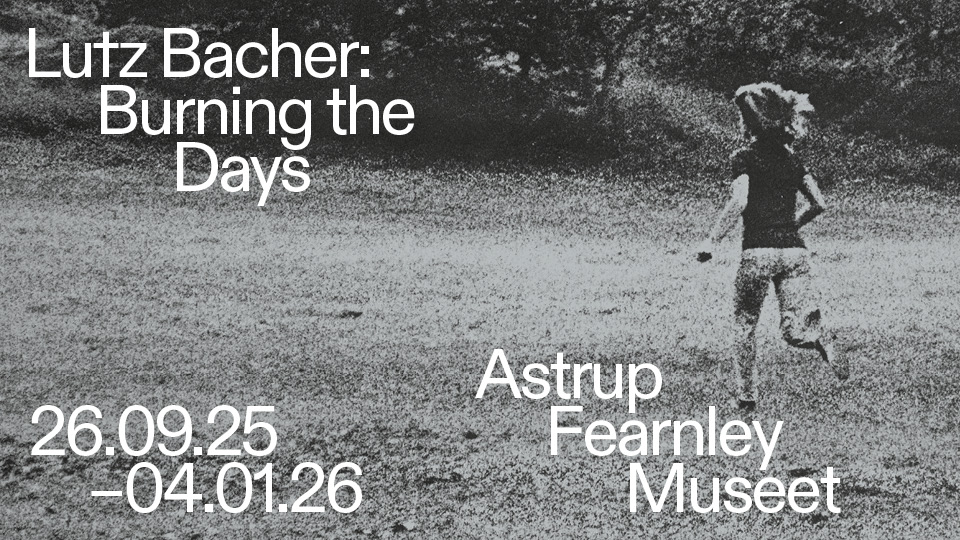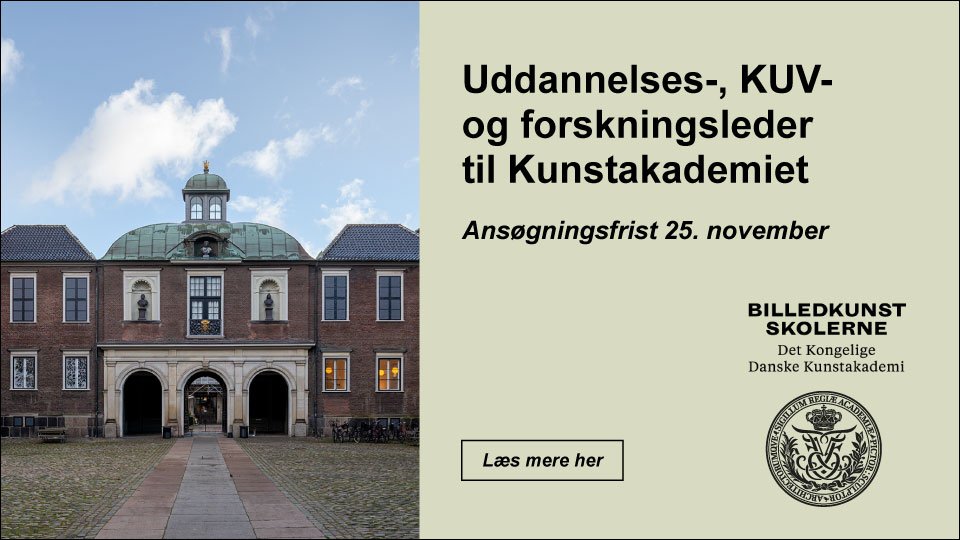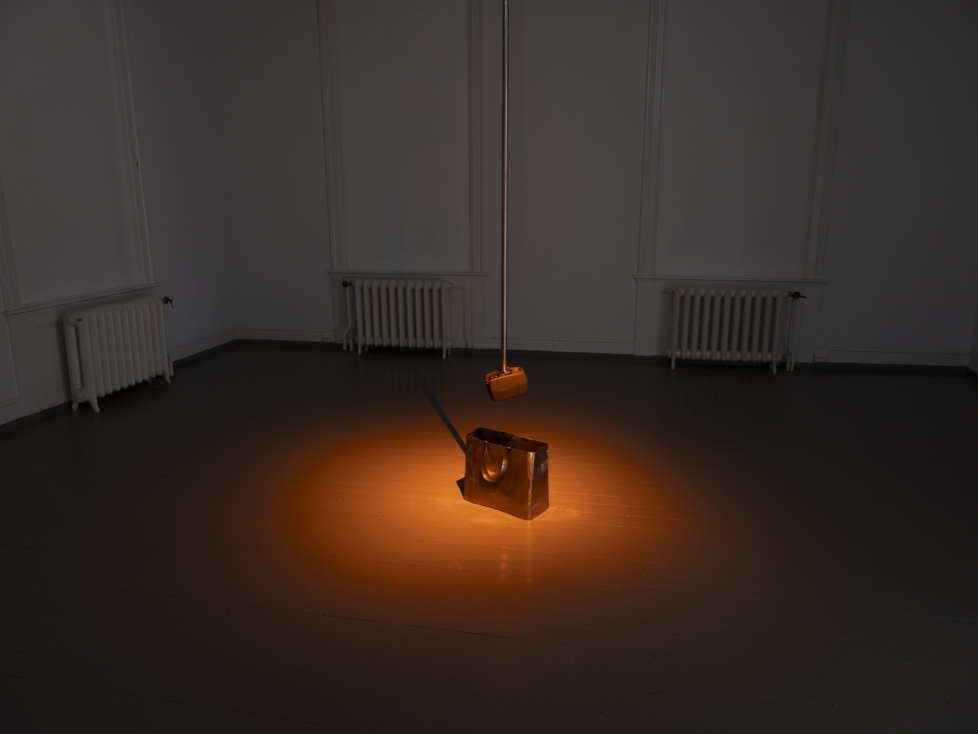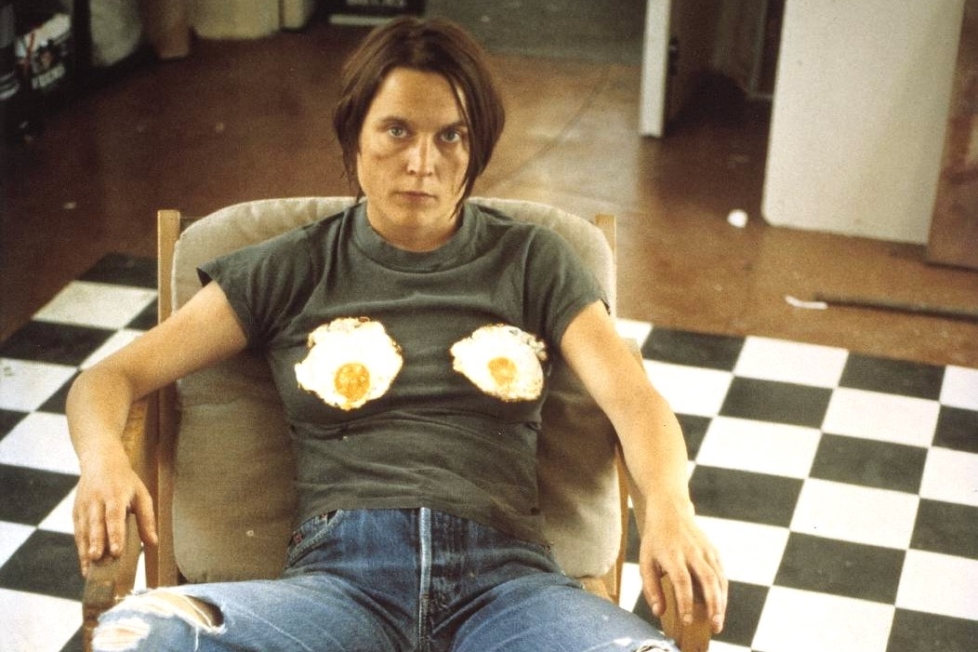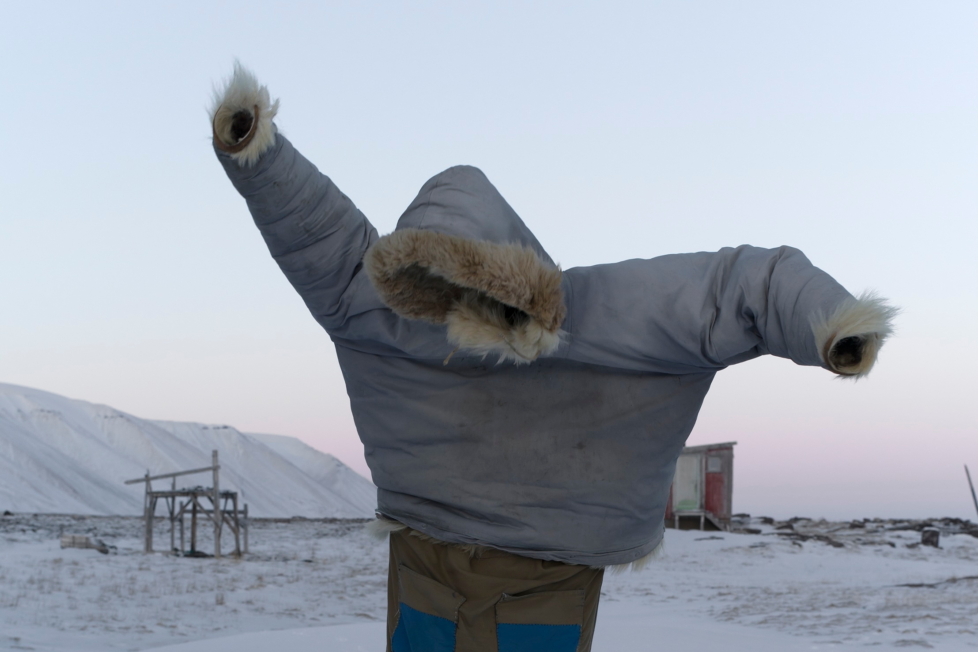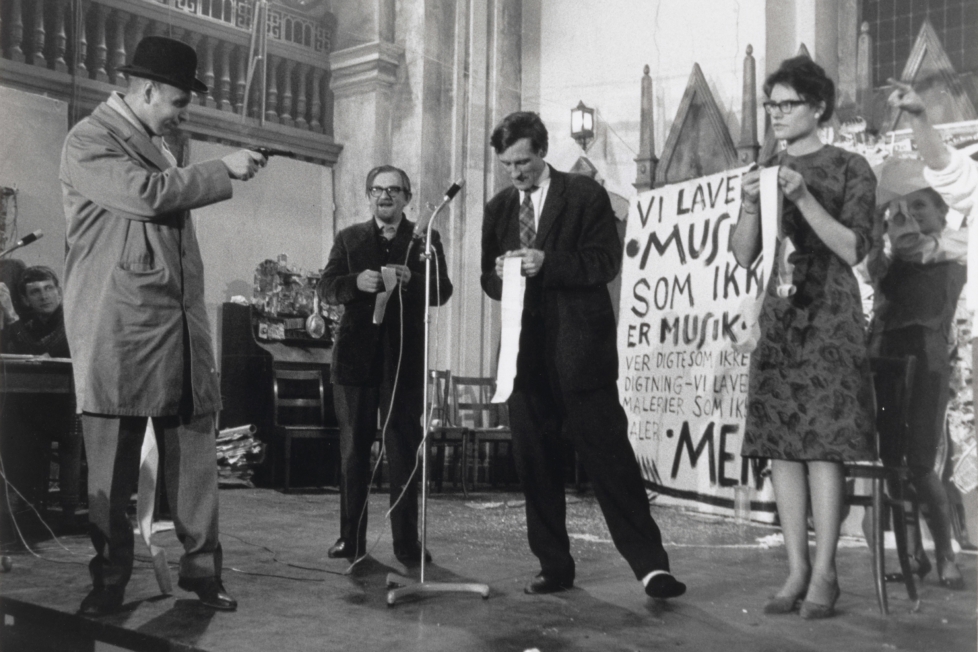
I dag, fredag 25. februar, åpner Bergen Kunsthall sitt årlige utstillingssamarbeid med Boralisfestivalen for samtidsmusikk. Årets festivalverk er en multimedial installasjon av Joan Jonas (f. 1936), en av pionérene i amerikansk performance- og videokunst. Installasjonen Reading Dante III er siste ledd i Jonas’ serie inspirert av Dante Alighieris epos Den guddommelige komedie. Reading Dante ble første gang vist under Sydney-biennalen i 2008. Siden den tid har to nye versjoner kommet til, Reading Dante II (vist på Venezia-biennalen i 2009) og Reading Dante III. De nye versjonene inneholder videodokumentasjon fra foregående oppsetninger. Slik akkumulerer verket stadig nye betydningslag underveis i prosessen. Den guddommelige komedie er et allegorisk verk om forfatteren Dantes reise gjennom de tre dødsrikene; helvete, skjærsilden og himmelen. I Jonas’ verk transformeres Dantes mangefasetterte tekst til et helt nytt og uhyre komplekst narrativ. Tekstfragmenter fra middelaldereposet føyes sammen med videoprojeksjoner, musikk, tegning og symbolske objekter. Verket visualiserer Dante og medkarakterenes reise gjennom det hinsidige, som så blandes med bilder fra Jones’ egne reiser og performancer.
I sin forrige serie, The Shape, the Scent, the Feel of Things (2004-2007), tok Jonas utgangspunkt kunsthistorikeren Aby Warburgs sammenlignende studier av Hopi-indianernes og renessansens artefakter. I Warburgs uventede og tilsynelatende arbitrære sammenligningsobjekter, ser Jonas en parallell til sin egen bruk av vidt forskjellig historiske, litterære og geografiske kilder. Hennes eget kildetilfang spenner fra japansk Noh-dans og nordisk teater, til brødrene Grimm og Homer.
Jonas studerte skulptur og kunsthistorie på Colombia University og Mount Holyoke College. Hun var også en av Tricia Browns elever på Boston Museum School. Etter å ha oppdaget happenings og performance tidlig på 60-tallet, forlot hun skulpturen til fordel for performance fordi mediet gav mulighet til jobbe frem langt mer komplekse verk. På begynnelsen av 70-tallet begynte hun å inkorporere video i performancene. Raskt opparbeidet hun seg en posisjon som en av de helt sentrale aktørene i den tidlige videokunsten. Mens mange av de tidlige arbeidene tematiserte kropp, kjønn og identitet, er Jonas’ nyere verk preget av mer universelle narrativer.
I forbindelse med hennes besøk i Bergen, benyttet vi sjansen til å stille Joan Jonas noen spørsmål. Intervjuet er gjengitt i engelsk originalversjon.
– How are the preparations for your upcoming show going?
– Very well. It has been a very pleasing and good situation, where we have been working fast with wonderful helpers.
– What do you consider the most important aspect of this particular work?
– The most important aspect of Reading Dante III is the overall impression of a room, with the different still and moving elements playing on different parts of your brain. It is important to spend time with the main video elements of the installation. Everything was made in relation to the central idea of the project. I like to imagine an audience entering a space in which they will experience this version of Dante.
– When, how and why did you become an artist?
– I began to seriously think about art and study it when I was about 18. I first concentrated on art history and sculpture as my medium, but then shifted to performance. I didn’t consider myself an artist until I was 32; before that I studied in preparation. First I had to find the right form for my ideas, and my first exhibition was a performance at an alternative space.
– How do you see your role as an artist today?
– My ideas have changed over the years. In the late 60s and early 70s I saw my role as possibly being an inspiration for young women, since there where few active role models for women in the art scene when I was a student. Today I do not confine myself to gender and hope that I can inspire young artists and students, who are all very important to me. I also maintain high and critical standards for my work in relation to an awareness of the world around us and in which we live. My role as an artist is to translate and transform perceptions into forms and images which communicate my concepts and my vision.
– How would you describe your working method?
– I am a collector of materials. I actually shot some of the images in the exhibition before I began working with Dante’s text. When I am working with the text, I read, edit and collect excerpts of the text and collect material for the project in a random way. I enjoy doing this research about the subject, even though much of it does not appear in the work. Later, I edit all the different parts together in a multi-layered narrative. An important aspect of the project is the music that I choose and develop in relation to concrete sounds. In this particular case, I worked simultaneously for two years developing the installation version and the performance in different locations, each time redefining the material and adding elements of the most recent performance as well as new readings of the text. At the same time I make many drawings. In this case, I made many inspired by Dante and the performance process. These drawings are then incorporated into the last version of the installation. I constantly rework the material until I reach a point where I feel it has gone far enough. I apply different processes to each project, developing different forms that relate to the circumstances of, for instance, technology and my personal situation.
– Can you mention current art or projects/practices that inspire you?
– There are so many things that inspire me that it seems reductive to mention a few.
– What role does theory have in your work? What theorists have inspired you lately?
– Theory does not have a direct role in my work. I read a great deal, and for most of my life I have been reading literature, prose and poetry. From the point of view of what one reads, that has had a great influence on my work in terms of structure, content and practice. However lately, I like to read theory that has a poetic quality to it, while also being informative. In the last ten years I have been reading Levi-Strauss, Barthes and Agamben, but I do not use their ideas consciously in my work. I based my last project on the work of the art historian Aby Warburg – but that is another story.
– Currently, there seems to be a need to define the term «contemporary art». What is it, anyway?
– Everything after modernism to the present, and soon our contemporary will be somebody else’s past. An important book in relation to the subject is The Shape of Time. It is no longer a unified field. But it never has been.
– How can visual artists make a living and still maintain a critical attitude towards the commercial art market and governmental funding bodies?
– It is really up to the individual. It’s each artist’s responsibility to examine the situation and be aware of the politics, where the funding comes from, for instance.
– What would you change in the world of art?
– I think art should be part of every school’s program. It should be as important to learn about art as it is to learn how to read and write. Then it might not be so «separate» a world.
